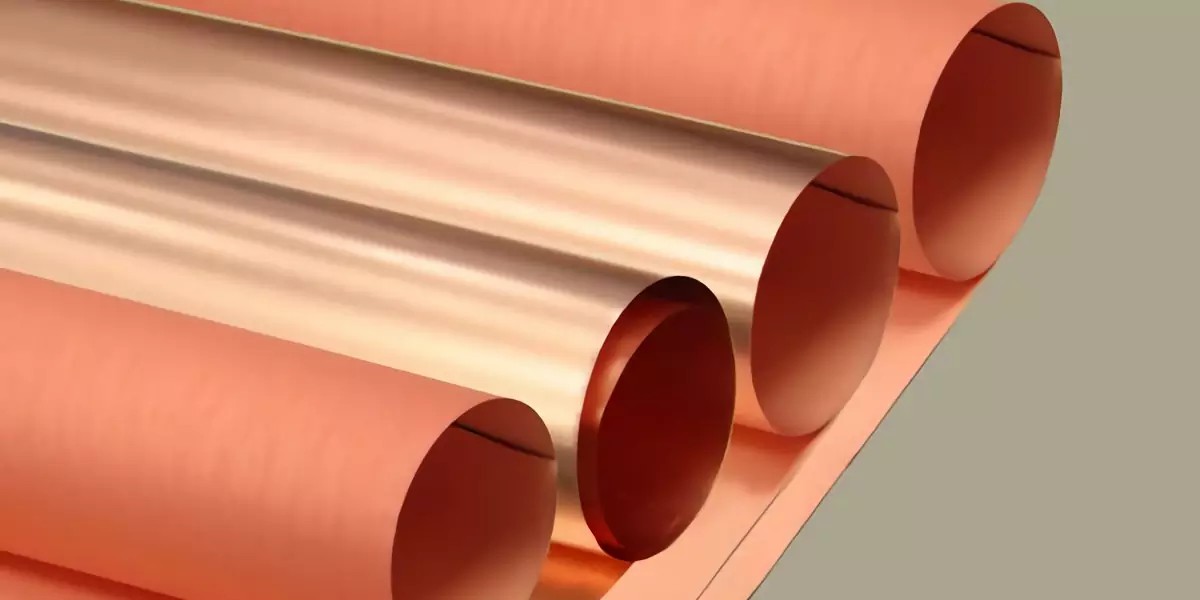CTE (Coefficient of Thermal Expansion): Indicates the rate of dimensional expansion of a material in ppm/°C (parts per million per degree Celsius) per unit change in temperature.
(1) Directional Differences
X/Y direction (plane direction): usually dominated by reinforcing materials (e.g., glass fiber cloth), with lower CTE (e.g., X/Y CTE of FR-4 is about 12-14 ppm/°C.) Z direction (thickness direction): dominated by the resin system, with higher CTE (e.g., Z-direction CTE of FR-4 can reach 50-70 ppm/°C).
(2) Material dependence
Resin type: higher CTE for epoxy resin, lower CTE for polytetrafluoroethylene (PTFE) or ceramic filled materials. Reinforcement material: The density and orientation of the glass fiber cloth (e.g., models 1080, 2116) directly affects the X/Y CTE.
(3) Temperature range
CTE may show non-linear changes in different temperature intervals (e.g. before and after glass transition temperature Tg).
PCBs with a low CTE (coefficient of thermal expansion) are especially important in high-precision electronics, high-frequency circuits, or high-temperature environments, as they effectively minimize dimensional deviations and interlayer alignment problems caused by temperature changes. Regarding low CTE PCB substrate materials there are:
1. Ceramic substrate materials
(1) Aluminum Nitride Ceramics (AlN)
Aluminum nitride CTE of about 4.5 ppm / ℃, and silicon chips (CTE of about 3 ppm / ℃) close to the high power devices and precision packaging scenarios. Application scenarios: LEDs, power modules, RF components, etc.
(2) Alumina ceramics (Al₂O₃)
The CTE of alumina is about 6-8 ppm/°C, which is the mainstream choice among traditional ceramic substrates, combining good thermal conductivity and mechanical strength.
2. High-performance copper-clad laminates
(1) Rogers series of high-frequency materials
RT/duroid 6000 series (such as RT/duroid 6002, 6006): the use of PTFE (polytetrafluoroethylene) and ceramic filler composite, CTE can be as low as 6-10 ppm / ℃, suitable for high-frequency circuits and aerospace applications. ro3000 series: based on PTFE and ceramic glass fibers, CTE is in the range of 3-10 ppm / ℃. Suitable for millimeter wave applications.
(2) Metal substrates (e.g., copper-based, aluminum-based)
The CTE of metal substrates is usually low (e.g., 17 ppm/°C for copper), but through the design of composite insulating layers (e.g., aluminum substrates), the overall thermal expansion performance can be optimized to approach the low CTE requirements.
(3) Modified epoxy resin materials
High Tg FR-4 variant: part of the modified FR-4 material by adjusting the resin formula (such as high filler glass fiber ratio or add inorganic fillers), can be X / Y direction of the CTE down to 10-12 ppm / ℃, although not reached 6 ppm / ℃, but in general industrial applications is already a high performance. For example: high CTI FR-4 or halogen-free FR-4, need to consult the manufacturer for customized parameters.
(4) Specialty High Frequency Materials
Taconic TLY series (e.g. TLY-3, TLY-5): based on PTFE and ceramic filler, CTE can be as low as 8-12 ppm/°C, suitable for 5G communication and radar systems Arlon CLTE series: designed for low thermal expansion, CTE can be controlled at 8 ppm/°C or less, suitable for high-reliability military equipment.
(5) Other low CTE materials
Polyimide (PI)-based flexible circuit materials: flexible PCB used in the PI material CTE is about 12-20 ppm / ℃, although slightly higher than the target value, but through the multilayer structure design can optimize the overall performance. Hydrocarbon + ceramic composite materials: such as Rogers RO4000 series, CTE in the 10 ppm / ℃ or so, suitable for high-speed digital circuits.

Advantages of Low CTE PCB Materials
1. Improved reliability
Reduce thermal stress: match the CTE of the chip (e.g. silicon CTE ≈ 3 ppm/°C) or package material to avoid cracking or delamination at solder joints. Extended life: Suitable for environments with frequent temperature cycling (e.g. automotive electronics, aerospace).
2. Improved signal integrity
In high frequency circuits, low CTE reduces changes in dielectric constant (Dk) due to temperature fluctuations and stabilizes impedance.
3. Enhanced Structural Stability
Multi-layer boards (such as HDI PCBs), the same CTE for each layer can avoid inter-layer offset and improve alignment accuracy.
4. Adapt to high-density assembly
Supports tiny pads (e.g., BGA, CSP packages) and reduces solder joint failure due to expansion.
Typical application scenarios for low CTE PCB materials
1. high-frequency / high-speed circuits
Material examples: Rogers RO4000 series (CTE≈10 ppm/°C), Taconic RF-35 (CTE≈8 ppm/°C). Applications: 5G base stations, millimeter wave radar, satellite communications.
2. High-power electronic devices
Material examples: Aluminum Nitride ceramics (CTE≈4.5 ppm/°C), Metal substrate (Aluminum-based CTE≈22 ppm/°C). Applications: IGBT modules, LED heat sink substrates, electric vehicle inverters.
3. Precision packaging and miniaturization devices
Material examples: polyimide flexible substrate (CTE≈12-20 ppm/°C), modified FR-4 (CTE≈10 ppm/°C). Applications: medical sensors, wearable devices, chip scale packaging (CSP).
4. Extreme Environment Electronics
Material examples: alumina ceramics (CTE≈6-8 ppm/°C), aramid fiber reinforced substrates. Applications: deep well exploration equipment, spacecraft electronics.
Future demand for low CTE materials will tend to use nanocomposites and 3D printed substrates. Nanocomposites further reduce CTE by adding ceramic nanoparticles (e.g., SiO₂, Al₂O₃). 3D printed substrates customize the CTE distribution to fit the needs of shaped packages.